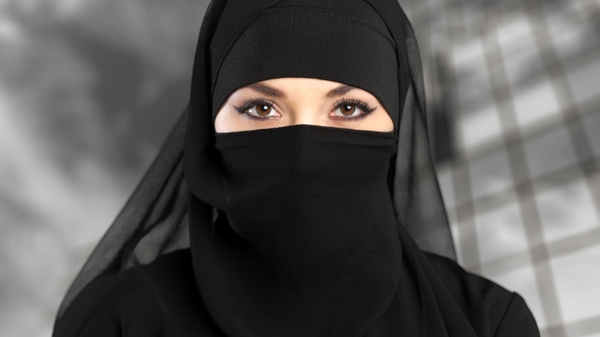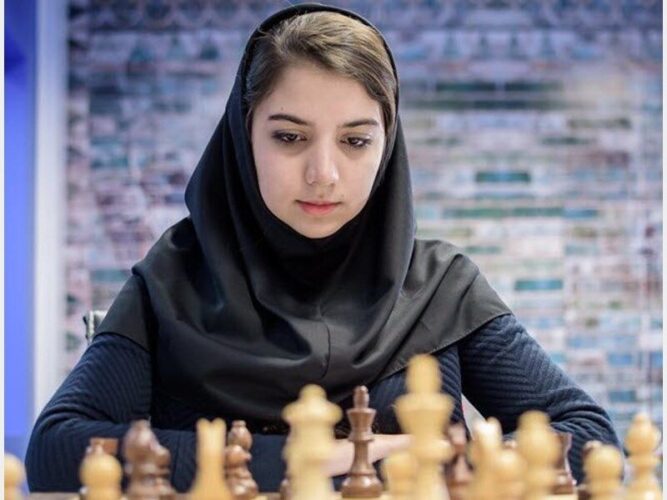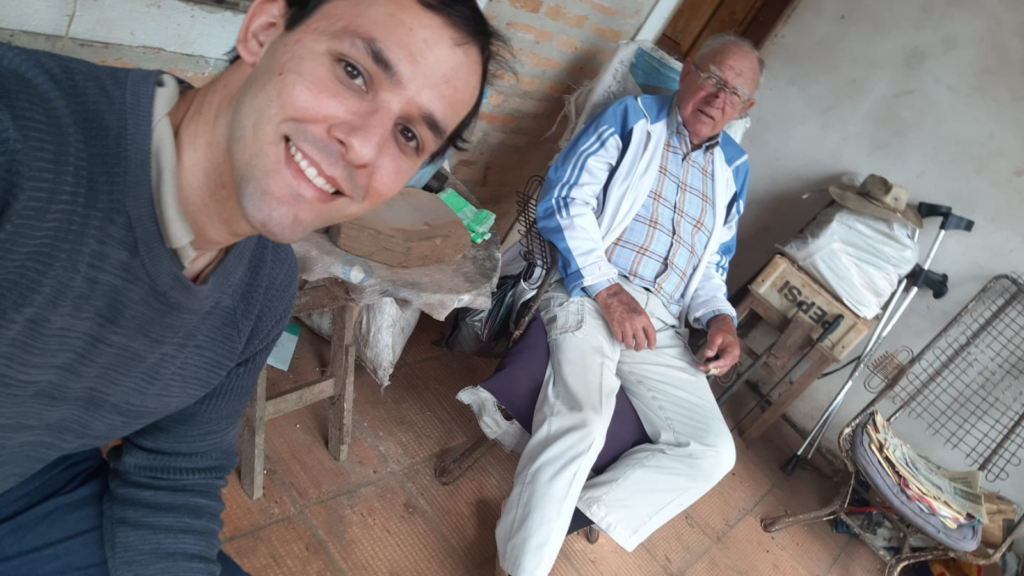The Iranian chess player, Sara Khadem decided to participate in the Chess World Cup that takes place in Kazakhstan without the hijab veil, which is mandatory by the Iranian regime.
Khadem’s action, 25 years old, occurs in the midst of the protests that are taking place in the Asian country, to eliminate its obligation and demand the rights of women.
It is worth mentioning that Iran has been protesting across the country for two months, since the death of Mahsa Amini, detained by the morality police, on September 16.
In addition, during the celebration of the 2022 World Cup in Qatar, this premise became visible with the players of the Iranian team, who in the first instance, sand refused to sing the country’s National Anthemin a show of solidarity for the demonstrations and executions that the Asian country is going through.
Then the regime issued a death sentence against the soccer player Amir Nasr-Azadani, who took part in the days of protests, which is why he was arrested and later sentenced.
Faced with this, the German Foreign Minister, Annalena Baerbock, recently spoke out, stating that “they are an attempt to intimidate the protesters.”
“These executions are a flagrant attempt to intimidate people, not for committing crimes, but simply for taking their opinions to the streets, simply for wanting to live in freedom,” the official said.
What is the hijab and what is its origin?
according to review The world, is a scarf that Muslim women use to cover their hair and sometimes their neck. This veil completely exposes the oval of the face and does not impede communication. Its size, color and placement depends on the customs of each community, of each country, as well as the intention of the wearer. The same can be said of the garments that complement it: from skinny jeans to a loose tunic.
As explained by the Arabist Luz Gómez García in her book ‘Dictionary of Islam and Islamism’, the use of the term ‘hijab’ with the meaning of ‘female veil’ is a metonymic use based on its meaning in the Koran and the Hadith (the sayings of the prophet).

In both, the word ‘hijab’ refers to the segregation that preserves purity: that of believers from non-believers, that of Muhammad’s wives from his guests, etc. The word ‘hijab’ literally means ‘curtain’. At the time of the Rachidi caliphs, Gómez García points out, the use of curtains was imposed that separated the place where the caliph was located from the space occupied by the people.
The origin of the interpretation of the use of ‘hijab‘ is found in the Qur’an and in principle marks a ‘barrier’ not between a man and a woman, but between two men. It was born to protect the privacy of the prophet from third parties, as pointed out by the Moroccan writer Fatima Mernissi in her work ‘The Political Harem’.
Is it mandatory to use it?
This same medium reports that the interpreters of the Koran throughout history have wanted to see in some suras the justification for the mandatory use of the veil for Muslim women. However, the interpretation of the Qur’an and the Hadith is based on several methodological resources, such as consensus, analogy, authoritative opinion, etc., which can vary the opinions.
There are many experts, especially those belonging to the current of reformist Islam (such as the Egyptian theologian Nasr Abu Zayd), who emphasize that the Koran does not prescribe the use of the ‘hijab’, but simply orders modesty, decency and modesty when publicly displaying the body.
The principle of decency in the Islamic religion is valid for both women and men. As far as women are concerned, the sura 24 asks: «Tell the women to lower their eyes modestly, to be chaste and show no other adornment than those who are [decentemente] in sight, that they cover their neckline with the shawl […]».
Another Qur’anic passage quoted in connection with the wearing of the veil is sura 33: “O Prophet! Tell your wives, your daughters and the women of the believers to cover themselves with the mantle. It is better to be distinguished [por ello] and do not be disturbed […]».
Therefore, the Qur’an instructs women to cover themselves with the cloak (‘jilbab’) so that they can be recognized. It is, therefore, a status symbol, a distinctive feature -at the time- of free women who were thus differentiated from slaves, who were not allowed to wear the ‘jilbab’.
What does it mean to wear the ‘hijab’?
The world highlights that the use of the veil by Muslim women in the course of the 20th century and the first years of the 21st has become a key issue in terms of emancipation and Muslim identity.
The debate on its use is not only present in European societies, but is also a matter of discussion within Muslim communities, as the examples of Turkey or Egypt show.
For many Muslim women, wearing the veil is a symbol of identity. It is for women living in Western countries, who use it as a way to remain true to their origins, far from their land, and distinguish themselves as members of their community.
Sometimes wearing the ‘hijab’ is a way of rejecting the cultural globalization that is imposed in Muslim countries, a sign of rebellion against colonialism. This would explain the popularity of the headdress in Morocco, Egypt or Turkey.
For many women, wearing the ‘hijab’ simply allows them to emancipate themselves as independent human beings, interacting in a society, working, studying and mixing with their male peers without problems, preserving their purity and integrity.
On other occasions, wearing the ‘hijab’ has become a fashion, a way of being young and ‘cool’ without violating the traditions of the parents. All you have to do is look at the ‘muhayababes’ from gossip magazines or the stylish princesses from the Gulf.
In countries like Kuwait, the United Arab Emirates or Qatar, women use this garment -men wear the traditional dishdasha- as a symbol of social status and to distinguish themselves from others, generally foreigners who work as cheap labor.












